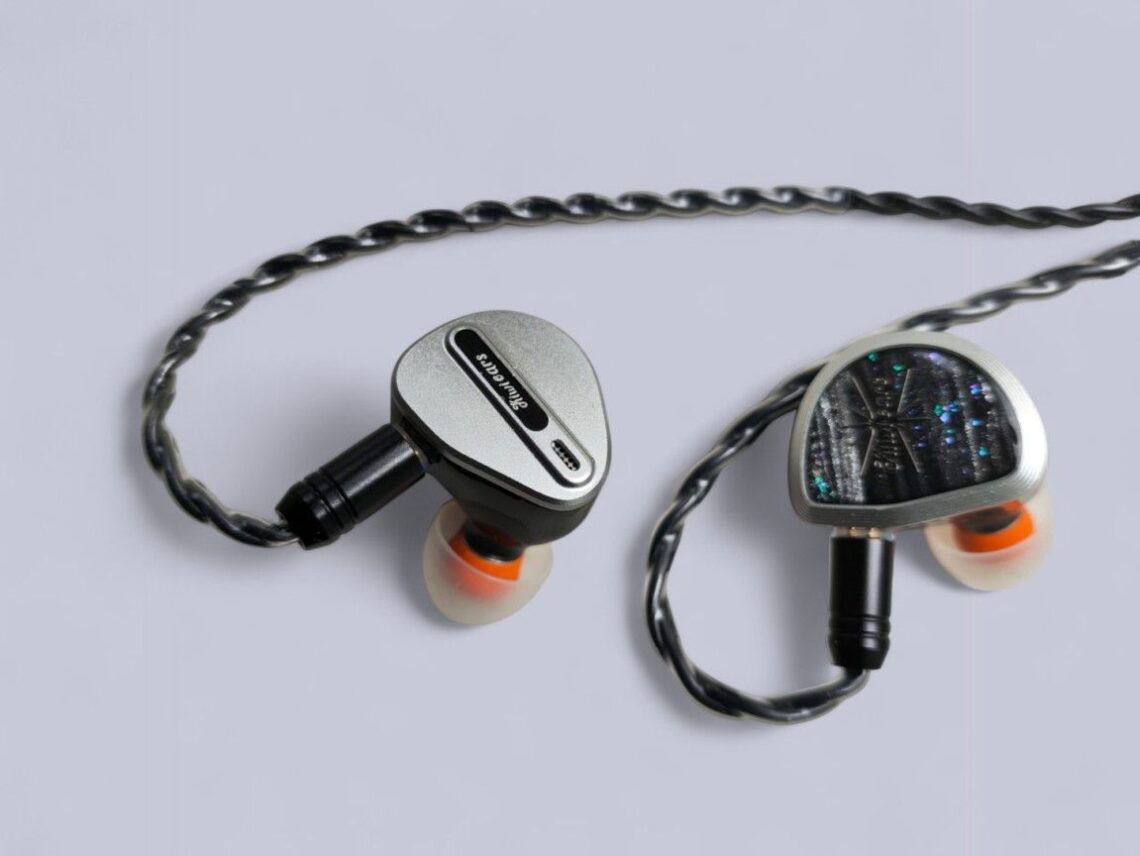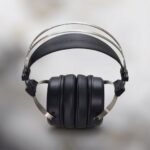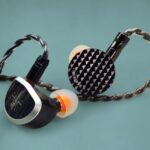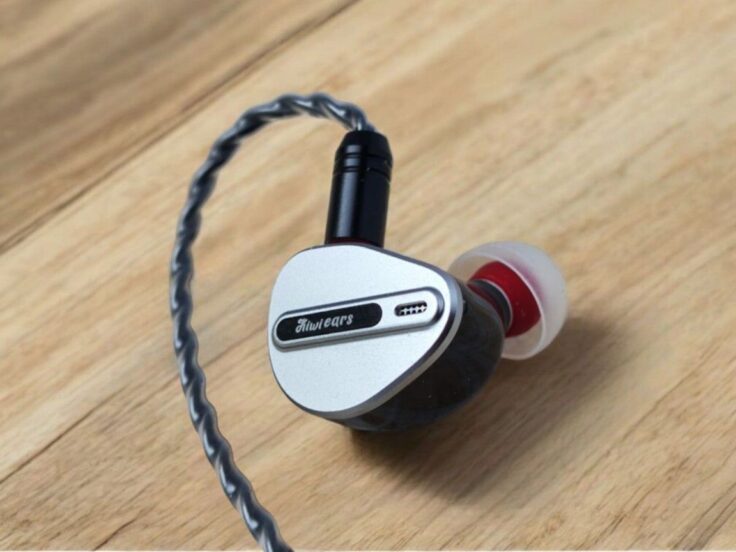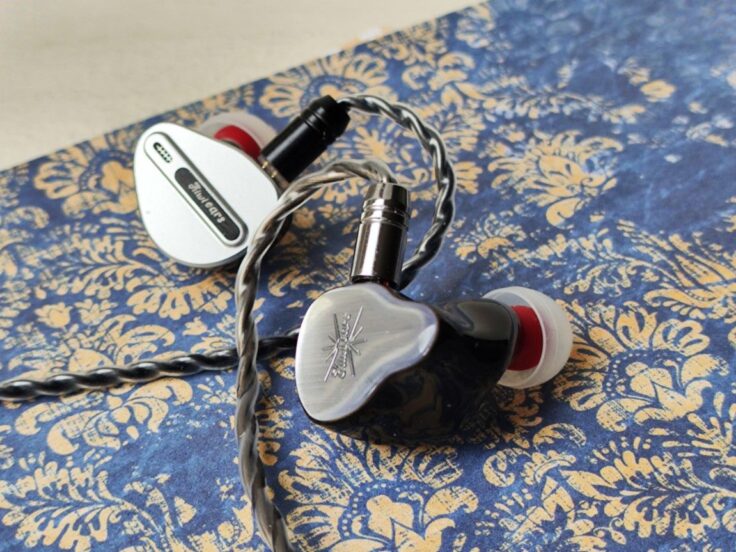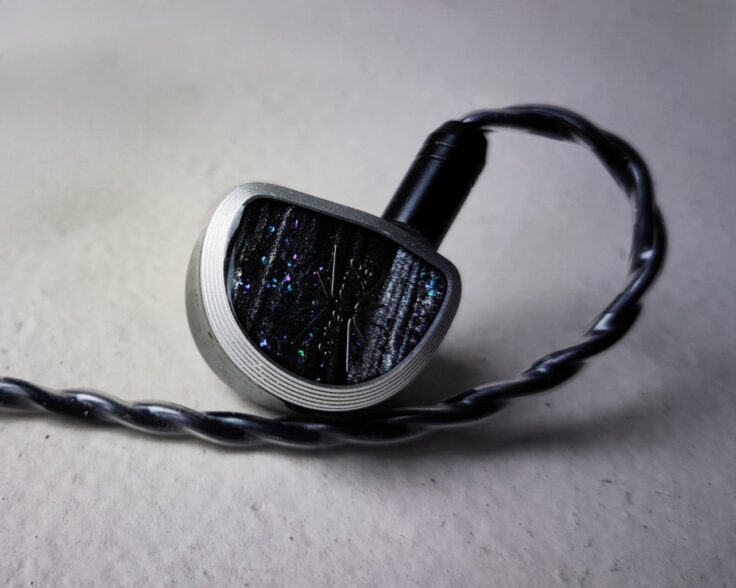Kiwi Ears has produced several impressive in-ear monitors (IEMs) in the few years they’ve been active, and the new Aether and Airoso are two very interesting IEMs around the 150 USD price mark.
The Kiwi Ears Aether is a planar magnetic in-ear monitor priced at $170 USD / €150, which features a single, notably large 15.3mm driver. The Kiwi Ears Airoso, on the other hand, is a five-driver hybrid, featuring one dynamic driver and four balanced armatures. It’s priced at $129 USD / €115.
KIWI EARS AETHER SPECIFICATIONS
- Driver 15.3 planar magnetic
- Impedance 14 Ohms
- Sensitivity 105dB SPL/mW
- Frequency Range 20Hz-20kHz
- Detachable cable 120 cm
- Earphone connector type 0.78mm dual pin
- Cable termination 3.5mm TRS jack
Current price and availability:
- Kiwi Ears: Aether
- Amazon: Kiwi Ears Aether
- Linsoul: Kiwi Ears Aether
KIWI EARS AIROSO SPECIFICATIONS
- Five driver hybrid: 1 x dynamic driver + 4 x balanced armatures
- Impedance 18Ω
- Sensitivity 110 dB SPL/mW
- Frequency Response 20Hz – 20kHz
- Detachable cable 120 cm
- Earphone connector type 0.78mm dual pin
- Cable termination 3.5mm TRS jack
- Weight 12g (each earbud)
Current price and availability:
- Kiwi Ears: Airoso
- Amazon: Kiwi Ears Airoso
- Linsoul: Kiwi Ears Airoso
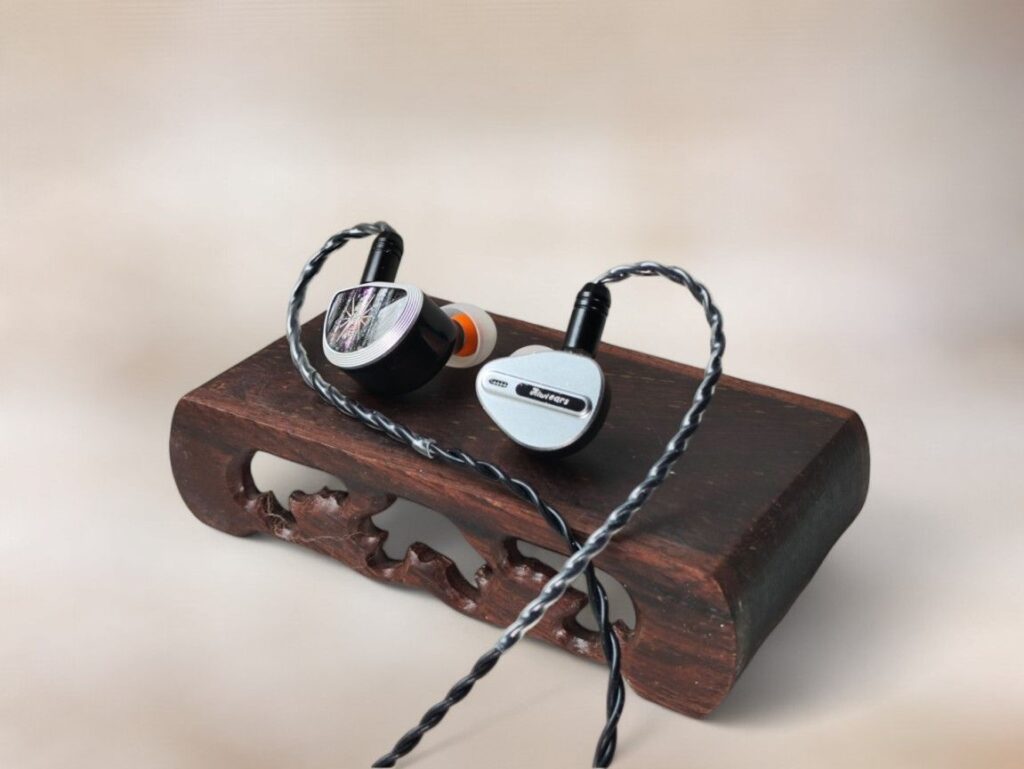
COMPARISONS
Associated equipment:
- Amplifier: Topping A90
- DAC: RME ADI-2 DAC FS
Who Wants to Live Forever by The Tenors (Queen)
The strings and vocals sound very natural with the Airoso. The Aether is drier with more texture and a thinner tonality with more articulate detail at the cost of the more natural, thicker timbre of the Airoso.
Jambi by Tool
The Aether is crisper and more textured, the Airoso thicker and fuller. They’re both great with a similar tonal balance but still different presentations.
Smile by Pearl Jam
The Airoso is natural-sounding and easygoing, with a pleasant roundness and smooth timbre. Sibilants are nicely tuned down but not removed. The Aether is crisper, more textured; sibilants are more pronounced, with a drier timbre and a more articulate presentation of details.
Almost Like The Blues by Leonard Cohen
The Aether has a well-balanced presentation with very controlled and textured bass, and pronounced, detailed vocals. The Airoso has a much rounder, thicker, and more pronounced bass. The rich vocals are fuller and more organic-sounding. Cohen feels more real, but there’s less raw detail than with the Aether.
Black Crow by Cassandra Wilson
The Airoso sounds very organic, dynamic, and natural, with slightly thick bass, rich vocals, yet a spacious and detailed presentation. The Aether is drier; the bass is more detailed but not as full-bodied, the vocals have more texture but aren’t as organic, and there’s more spaciousness but somewhat less dynamics.
Some Day My Prince Will Come by Coryell et.al.
Even though I tend to characterise the Aether as less organic-sounding than the Airoso, it’s still a very organic and dynamic-sounding IEM, and this track sounds especially wonderful with it. The Airoso sounds quite similar, but the bass isn’t as precise, while the soundstage is slightly larger. Anyway, they are both excellent performers, and this track showcases it.
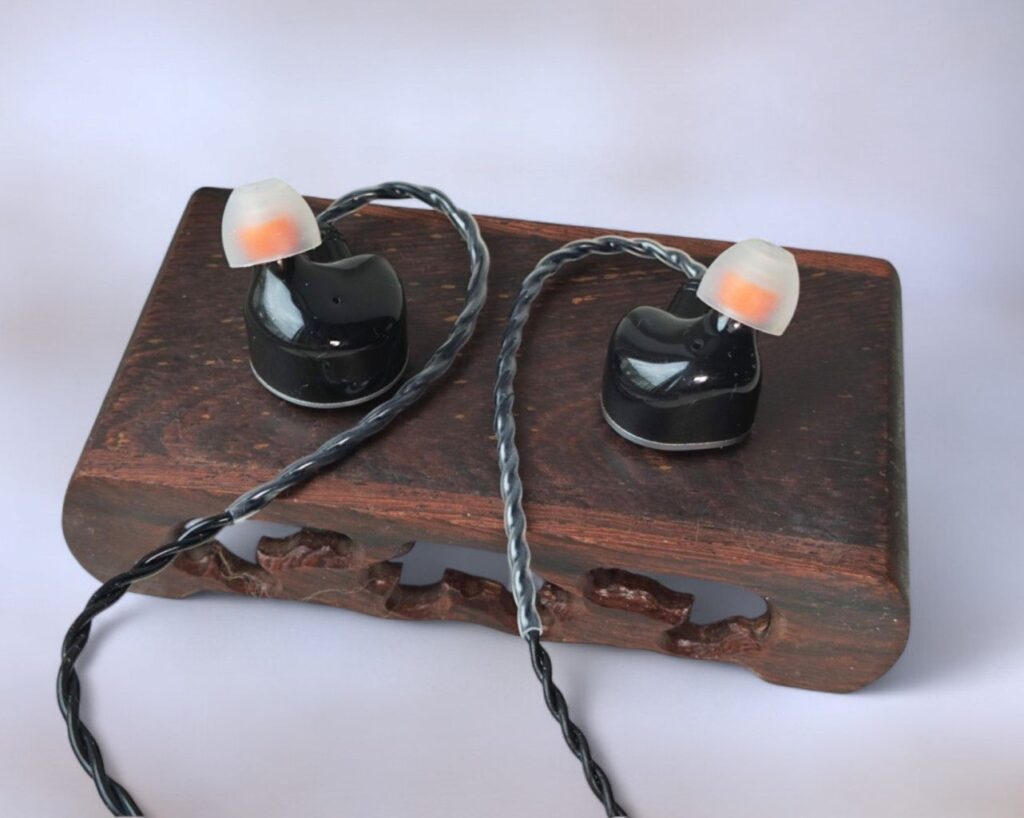
Bored by Deftones
The Airoso presents surprisingly tight bass and great texture on the guitars. Vocals are great. The Aether, again, is drier—and in this case might be a bit too dry. Maybe not by itself, but in direct comparison to the Airoso, the Aether sound a bit too sharply cut.
As Before by Olga Konkova
The Aether delivers a very textured cajôn bass drum experience, vocals are present and with articulate detail. The piano is crisp but not too much so. The Airoso has thicker bass and vocals, and a more rounded piano delivery.
Escape Route by Boris Blank
Their both great, the Airoso lusher and warmer, the Aether carries more articulate detail, and sounds slightly drier.
Mahler’s Symphony No 2 III by Paavo Järvi
The Aether is excellent, there’s nuances and texture, great tonal balance, space between instruments, and excellent articulation of micro dynamics. The Airoso is smoother sounding, everything has a slightly rounded edge to it, but the detail is still there.
Young Vivaldi RV 820 by Modo Antiquo
Again, the way they render the instruments is different. The Airoso has a more organic, lusher quality to it, the Aether offers more texture and articulate detail.
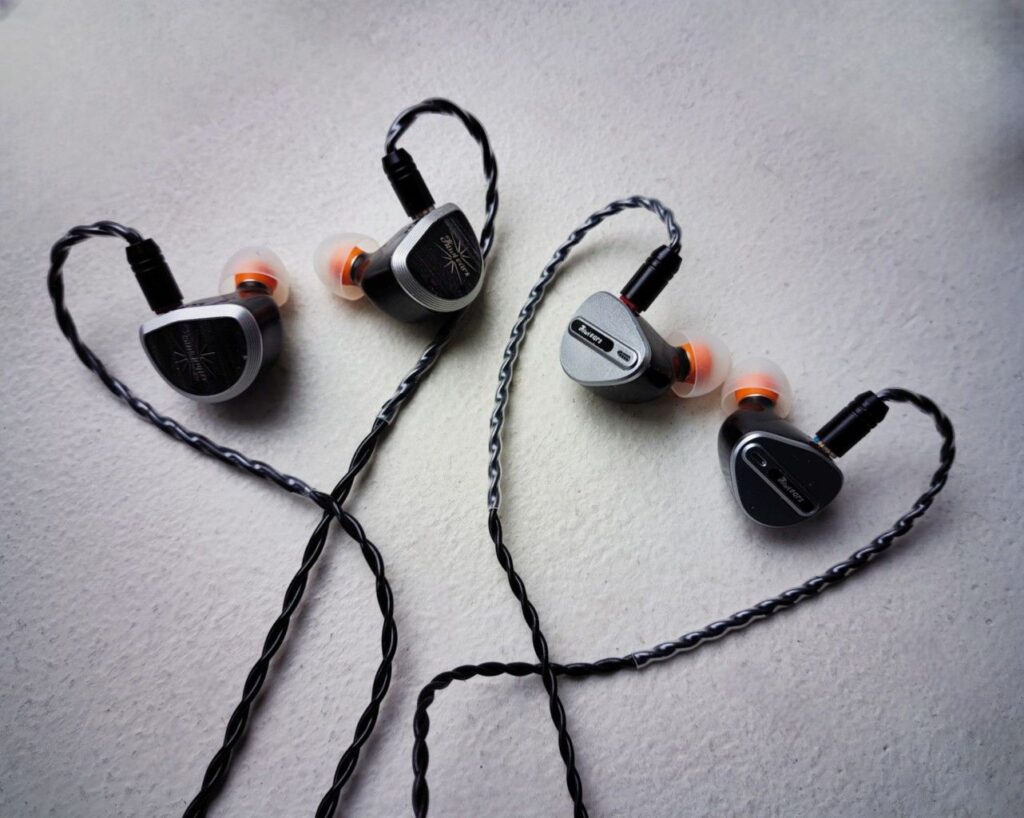
WRAPPING IT UP
Sound Signature
When it comes to tonal balance, they are quite similarly tuned and resemble many other models from Kiwi Ears. I really like the way Kiwi Ears tune their IEMs, so that’s a positive in my book.
They’re both quite neutrally tuned, without sounding flat or unengaging. The major difference is that the Airoso has more bass. Beyond that, the difference lies more in how they present the subtleties of the music than in any major shift in sound signature.
Treble
The treble is smoother and softer with the Airoso, while still remaining very detailed. The Aether is more articulate and crisper; however, it still sounds natural without exaggerated brightness or harshness.
Midrange
The Airoso has a lusher midrange with excellent timbre. The Aether sounds drier, leaving the listener more focused on the drier nuances and details, relatively speaking, of course.
Bass
The bass is fuller and rounder with the Airoso, adding warmth to the presentation. However, the Aether offers significantly better quality, with superior texture, detail, and microdynamics.
Soundstage and Imaging
Both offer a good-sized soundstage and great imaging capabilities for their price class. There’s not much of a difference between them; which one sounds larger or has better instrument positioning varies from track to track.
Detail, Dynamics, and Timbre
This is where they differ the most. While I have nothing negative to say about the detail level of the Airoso, except that the bass isn’t as revealing, the Aether articulates detail to a higher degree across the board. The bass aside, with the Airoso, the detail is there, but you have to listen more actively for it, whereas the Aether places it more upfront.
When it comes to dynamics, my general impression is that the Airoso offers more slam and macrodynamics, often aided by a fuller-sounding bass. The Aether is not lacking in dynamics, though—it’s just tighter in the lowest regions. However, it certainly offers more articulate microdynamics across the board.
The area where they differ the most, I think, is in the timbre. The Airoso is lusher, more rounded, and often feels more natural to me. The Aether has a drier quality to the presentation, sacrificing a slight bit of flow and lushness for more explicit detail.
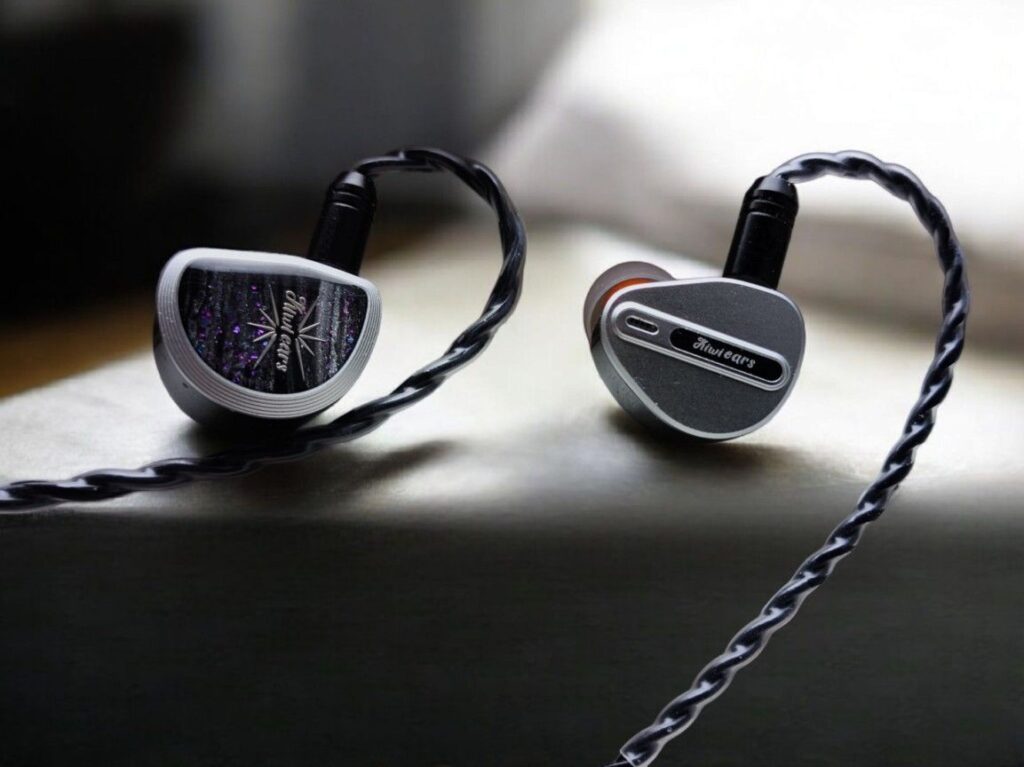
CONCLUSION
Both the Airoso and Aether are excellent IEMs around the $150 price point. They share a similar tuning and are a delight to listen to, but there are some differences when you compare them:
The Airoso offers a lusher, more “natural” sound with fuller bass and a smoother presentation, while the Aether focuses on detail and articulation, with a drier, more precise sound. Both excel in their own ways, but the Airoso emphasizes a warmer and more organic timbre, while the Aether prioritizes more clarity and detail.
Thanks for reading. You can support us by purchasing anything using any of our affiliate links.
- Kiwi Ears: Airoso
- Amazon: Kiwi Ears Airoso
- Linsoul: Kiwi Ears Airoso
.
- Kiwi Ears: Aether
- Amazon: Kiwi Ears Aether
- Linsoul: Kiwi Ears Aether
Any purchase you make on Amazon or Linsoul with any of our affiliate links will give us a small provision at no cost to you.
We only get a provision for items that are not returned, so there’s no incentive for us to recommend something that’s not good.
Linsoul : Headphones, Earbuds, Wireless Earbuds, Desktop DAC/AMP, Portable DAC/AMP, Digital Audio Players,
Amazon: Headphones, IEMs, Headphone Amplifiers, Home Audio or Anything else.
.
If you enjoyed this article or other content on The Headphoneer, you might consider leaving a small donation to keep this website up and running. No donation is too small. Thanks for supporting us!
If you like our work please follow us on Instagram, Facebook and Twitter , it will help us grow. Sharing is caring 🙂


